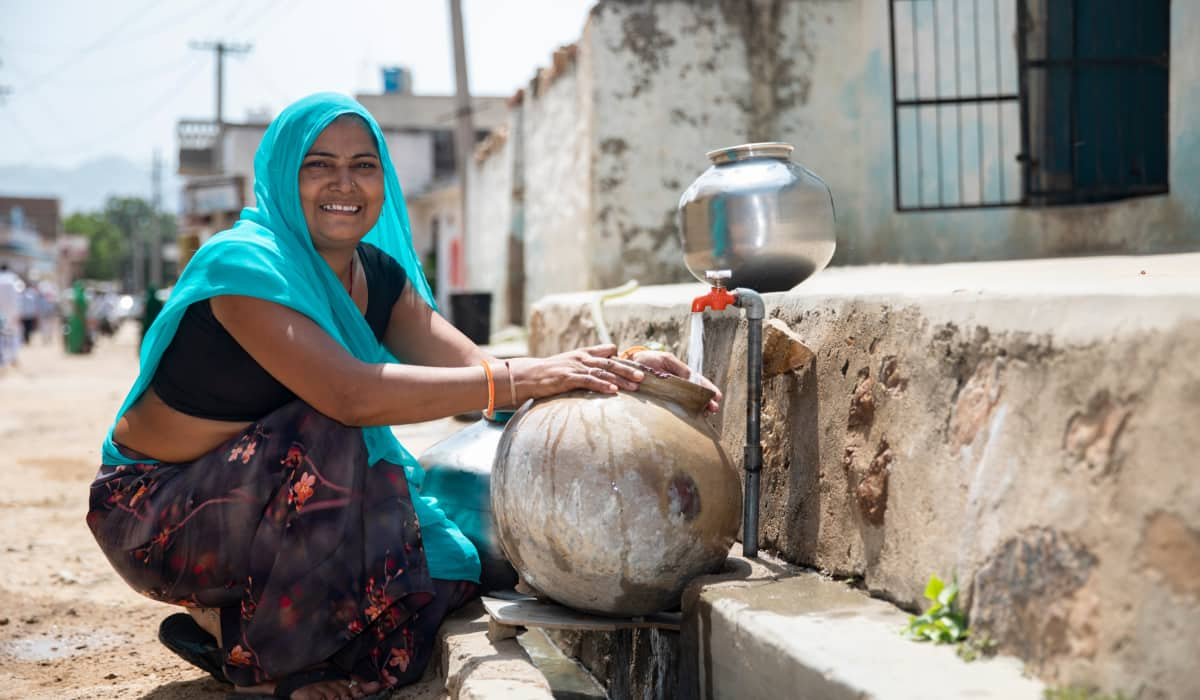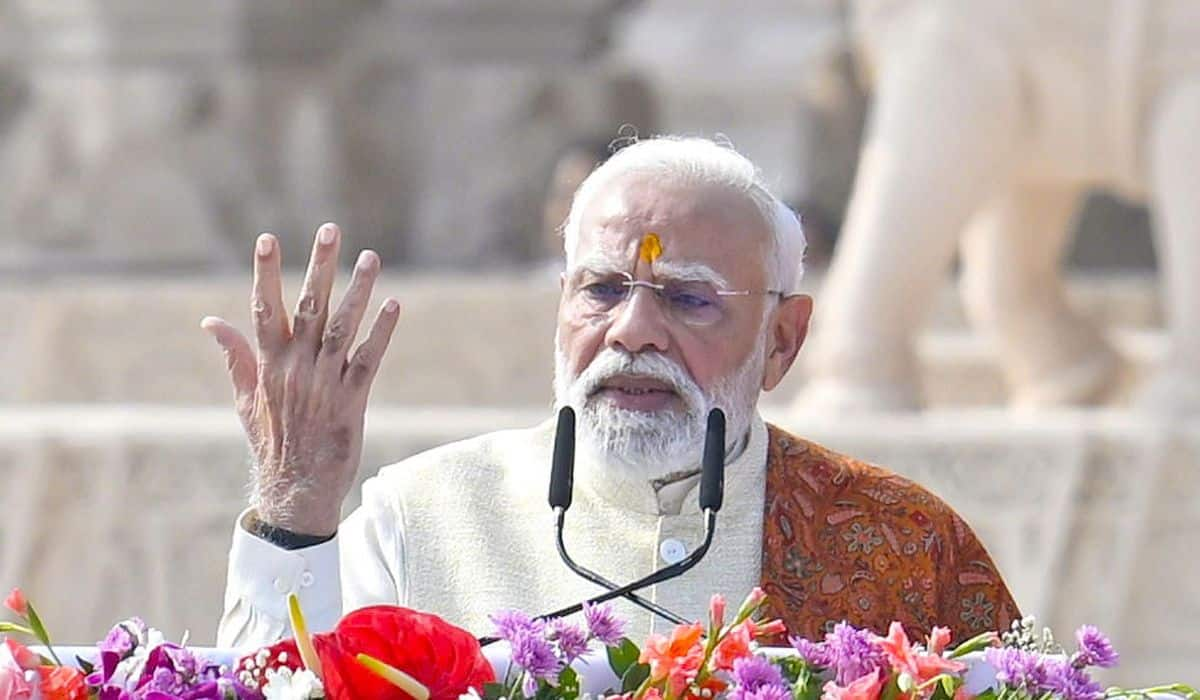One of the main reasons of Mahatma Gandhi’s success while leading the freedom movement was that he could involve people on a very large scale in the movement for independence. Similarly for any Government to be successful, public participation in policy formation as well as execution is a must. Unless people partner the Government in its initiatives, many a goals remain on paper and may not yield desirable results. Perhaps one of the lesser known reasons behind the success of Narendra Modi has been his ability to make development a mass movement by empowering people & harnessing their potential for the success of government’s efforts.
When you make people part of the policy formulation and also make partner in execution, the people assumes the ownership of the project and hence will leave no stone unturned to make the programme successful. Narendra Modi has always remained committed to make policy initiatives or project executions a “Jan Andolan” (Peoples’ movement) with total Jan Bhagidari (Peoples’ participation).

While certain initiatives like Vanche Gujarat, Beti bachao, Vave Gujarat, Samaydan though initiated and supported by Government, were more or less designed, successfully executed and even to major extent funded by people themselves at local level.
Narendra Modi’s style of functioning and public-oriented governance is based on reviving people’s lost pride and diverting the emerging latent energy on that account towards development and human endeavours.
As a part of empowering people and pro active and pro people governance, in Gujarat, the administration goes to people, may it be for enrollment of girl students, distribution of tools and kits to skilled workers or for total health checkup of children in schools.
In Vanche Gujarat (Read Gujarat) which has been one of its first kind of project in India and perhaps globally to inculcate reading habits amongst people and particularly children met phenomenal success largely because of large scale Jan Bhagidari. For the first time in state history the executive responsibility was assigned to non government officers i.e. citizens. Not only that at district and taluka level it was totally funded by people through these committees. While this unique and innovative movement in itself needs a dedicated research, it is because of this mass movement it could inspire 25 lakh children to read 10 million books in a span of 8 months and a record was created by 6 million people by reading collectively together for one hour in public places .

Samydaan was also an initiative where during celebration of 50 years of Gujarat’s inception people took vows to donate time for public service of their choice and by its implementation huge human resources were invested in various projects One Swarnim Sankalp by each Gujarati in the service of Gujarat / India which he asked from people during celebration of fifty years was another contribution by people in the march towards peace, progress and development.
This is the reason, why he tells journalists during various interviews, that if each person march one step forward the nation would march 125 crores steps forward. This is neither a myth nor a belief, but a fact which has emerged from the proactive and pro-people governance of Gujarat during last 14 years.
Beti Bachao Abhiyan (Save the Girl Child) has been another wonder. By igniting and sensitizing & touching the hearts of the people, he inspired a large number of social organizations and NGOs to take up this mammoth task. The motivation has been so powerful that it has till date remained a flagship programme of some very powerful social organizations. Much of the reason for the rising sex ratio at birth is the outcome of this mass movement. It is needless to say that though there may be acts and rules but social reforms can only be brought about by Jan Jagruti and Jan Andolan.

Under the Vave Gujarat thought world record has been created by planting more than a million trees in Ahmedabad in a single day, that too by people on their own with logistical support by government.

The rehabilitation of earthquake damaged Gujarat and Kutch in particular is subject research in many spheres and dimensions. The way Kutch has been revived and is marching ahead is a story which unfortunately has not been adequately covered. But it is a glorious tale of people’s participation and public partnership, may it be housing, health, education, adoption of orphan children or even physical infrastructure. It is needless to state that it was the vision and courage of pro active Chief Minister who not only designed pro active and pro people policies but also decentralized power to administrative machinery in partnership with public and people at large.
An unprecedented experiment in India’s history was celebration of national festivals like 15th August & 26 January and at a different district every year. The celebrations of national festivals which had become Government programmes without any public participation and had remained mere routine formalities were transformed into a people’s movement for patriotism resulting into devotion and commitment to nation. It not only rekindled the government machinery but also brought about oceans of enthusiasm in people who saw government working at their doorstep, bringing out everybody’s involvement and which gave opportunities to children, artists and cultural organization at local level for exhibiting talent and thereby nourishing the talent. This also created pride among people, bringing in oneness and ushering in development in far-flung areas.
Thus by unearthing peoples’ power, the tremendous strength of Jan Shakti has resulted into Shri Narendra Modi’s vision of bringing peace, prosperity and growth in Gujarat. The development model evolved in Gujarat in the last decade has been a cynosure of many eyes. It is not being seen as a model just for other Indian states but also for the entire developing world. He has made people partners in the process, rather than mere recipients at the end.
















